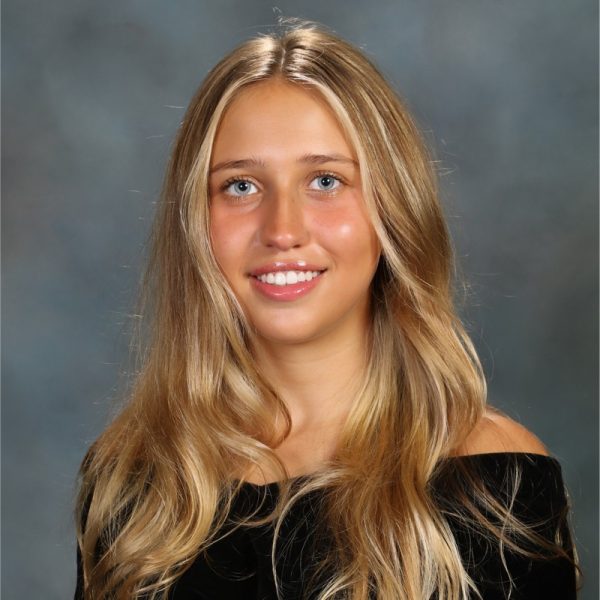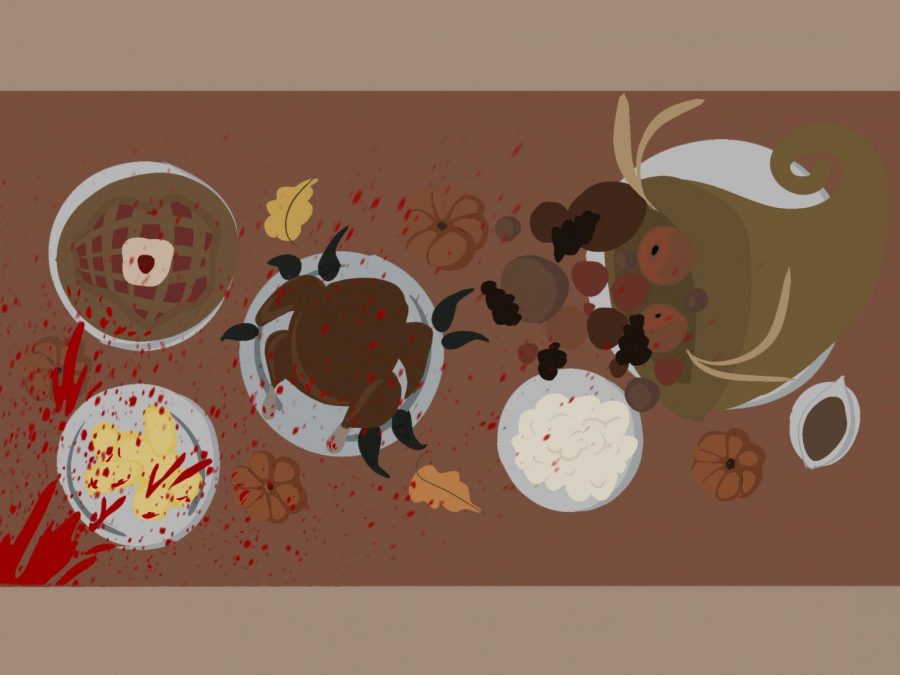The Real Story of Thanksgiving
Throughout my childhood, I was incessantly fed the fairytale of Thanksgiving; a story in which Pilgrims and Native Americans held hands, shared meals, and were the best of friends! While it is nice to imagine that our feast of turkey and gravy mimics the meal of several centuries past, in reality, Pilgrims were more likely to hunt the Indigenous population than they were turkeys. The myth of Thanksgiving is just one of many that our country has created to shield our wrongdoings to the world. Pilgrims, framed as brave and revolutionary pioneers, are essentially glorified colonizers, and Native Americans, painted as uncivilized brutes, are the rightful owners of this “uninhabited” land.
At a higher level of education, one would think that the American education system would transgress beyond telling blatant lies. It seems that one would be wrong. To develop the image of the Pilgrims as bold trailblazers, to justify their colonization and mass destruction, we are taught that the Pilgrims arrived in America seeking religious freedom. In actuality, however, the Pilgrims briefly lived in Holland before coming to America, a nation where religious freedom was already established. If their mission was truly religious freedom, they would’ve settled permanently in Holland, but their true objective was quite the opposite.
Instead of coming to America to establish a nation where everyone could practice their religion freely, the Pilgrims, at that time called the Separatists, came to the country “in order to establish a religious theocracy”, according to sociologist James W. Loewen. As Loewen elaborates, “That’s not exactly the same as coming here for religious freedom. It’s kind of coming here against religious freedom.”
The details of the acclaimed first Thanksgiving have also been heavily distorted with time. If the fables are correct, this year’s celebration should be the 400th anniversary of the first Thanksgiving, but many scholars place the momentous occasion far before or after the 1621 feast in Plymouth. Some pinpoint Thanksgiving’s true origin way back to 1565, when the National Parks Service claims that Spanish settlers shared a meal with members of the Seloy Tribe. Others argue the contrary, that Thanksgiving was not truly a holiday until Massachusetts governor, John Winthrop, declared the day a holiday in 1637 to reinstate the feast, or even until Abraham Lincoln established Thanksgiving as a national holiday in 1863.
The role of the Indigenous tribe, the Wampanoags, in the first Thanksgiving is another widely debated topic. Though the idealist within each and every one of us wants to believe that the colonists extended invitations to their Native counterparts, the way in which they all ended up dining together is still unknown. Some historians suggest that the ninety Wampanoags in attendance were present because “they heard gunfire from the stockaded village and came to check out what the commotion was all about,” or that “after [their] harvest was gathered, they were making diplomatic calls”.
Though it’s preferable to imagine that the Wampanoags arrived after receiving lovely, hand-written invitations in the mail, it’s far more likely that Wampanoag presence at the feast was because of one of the latter reasons. This chance is only heightened by the fact that the widely known fable of friendship and harmony between the two peoples was crafted by Abraham Lincoln during the Civil War as a tale of unity between opposing groups.
Whatever semblance of peace between the Wampanoags and English colonizers was present during the feast was short-lived. Even before the Pilgrims had set foot onto American ground, the Wampanoag population was ravaged by an epidemic that had reduced their population by 90%. As more and more Europeans sailed across the seas to colonize the land, the Native population could not compete with their growing numbers; authorities were able to assert control over “most aspects of Wampanoag life.” Tension began to build, and though there were slight, occasional releases, this conflict truly eclipsed with King Philip’s War; “the death toll could have been up to 30% of the English population and half of the Native Americans in New England.”
The true, dark history behind one of the most beloved American holidays has many rethinking whether it is worthy of celebration at all. Though I have yet to meet someone who opposes our time off of school, or better yet, Black Friday, when discussing Thanksgiving, we must deeply contemplate what we are celebrating. Much like Columbus Day was renamed as Indigenous Peoples’ Day when his plethora of sins were exposed to the public eye, we can shift the narrative surrounding Thanksgiving similarly. Instead of spinning a fable about the valiant and revolutionary Pilgrims, we can refocus our attention onto the struggles that Indigenous peoples faced then and now, and what we can do to contribute.

Arielle is an IB Senior who is very excited for her fourth and final year with The Banner. Outside of The Banner, you can find her telling unfunny jokes...

Carmen, a senior this year, is excited to continue helping out with the banner. Outside of school, she enjoys art, sleeping, and going on walks. She claims...



